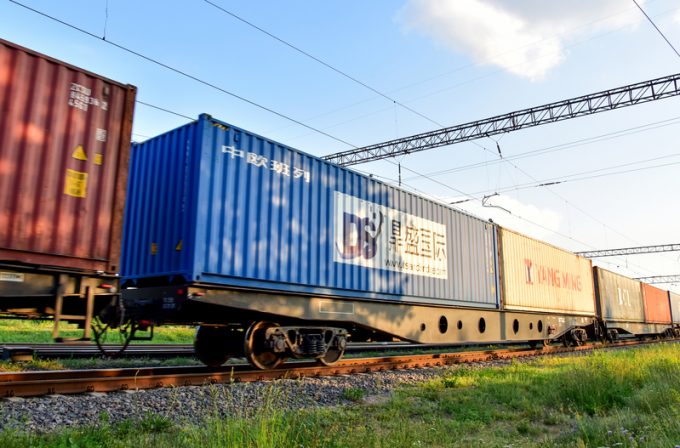Latam forwarders call on carriers to boost capacity so exports can flow
South American forwarders are becoming increasingly concerned about a looming ocean capacity crunch as the ...

In-demand China-Europe rail freight could see a drastic 30% reduction in capacity in September from delays at Kazakhstan border crossings and congested European gateways.
According to Geodis, Covid cases in China’s Xinjiang province have caused congestion at the Alashakou border crossing into Kazakhstan, with nearly 50 trains in a queue late last week.
“For cross-border trucking through Alashankou, the Khorgos and Buktu borders in Xinjiang province are closed until further notice,” the forwarder added.
China-Europe rail volumes have been booming amid challenged air ...
'Disastrous' DSV-Schenker merger would 'disrupt European haulage market'
New senior management for DSV as it readies for DB Schenker takeover
Volumes set to 'fall off a cliff' as US firms hit the brakes on sourcing and bookings
Asian exporters scramble for ships and boxes to beat 90-day tariff pause
Amazon pushes into LTL for small package fulfilment and UPS does a u-turn
Temporary tariff relief brings on early transpacific peak season
Pre-tariff rush of goods from US to China sees air rates soar, but not for long
Forwarders 'allowing the fox into the chicken run' by supporting 'hungry' carriers

Comment on this article